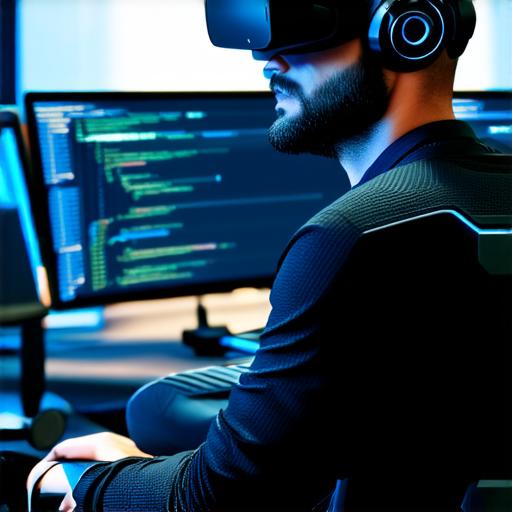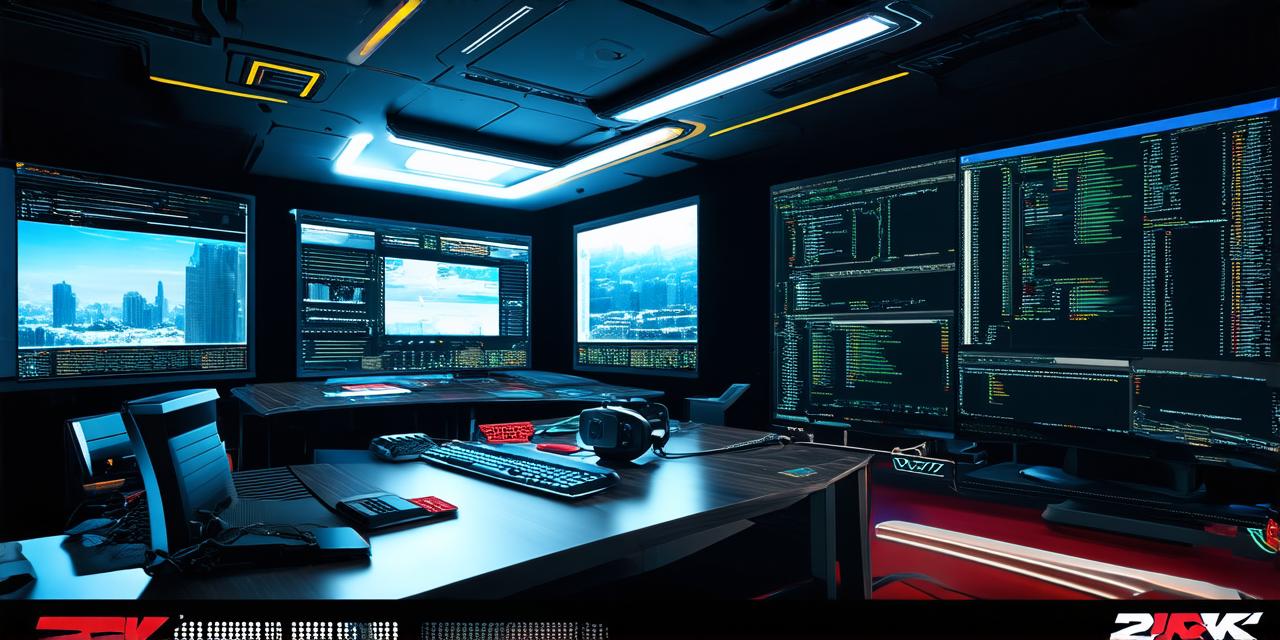If you don’t understand who your potential players are and what they want from a VR game, you may end up creating a game that doesn’t resonate with them. This can lead to low sales and a lack of engagement from players.
2. Failing to Plan Ahead
Developing a VR game requires careful planning and execution. If you don’t have a clear roadmap for your project, you may end up getting stuck or going off-course. It’s important to set realistic goals, timelines, and budgets for your project, and to track your progress regularly.
3. Underestimating the Complexity of VR Development
Developing a VR game is a complex process that requires specialized skills and knowledge. If you don’t have experience with VR development or programming, you may end up struggling to create a functional game. It’s important to hire experienced developers and designers who can help you bring your vision to life.
4. Ignoring Motion Sickness
As we mentioned earlier, motion sickness is a common issue for VR players. If you don’t take this into account when designing your game, you may end up creating a game that causes people to feel nauseous or uncomfortable. This can lead to negative reviews and low sales.
5. Focusing Too Much on Technology
While technology is an important aspect of VR development, it’s not the only factor. It’s important to remember that your game should be engaging, fun, and easy to use, regardless of the technology used to create it. If you focus too much on the technical aspects of your game, you may end up neglecting the user experience and losing players.
Best Practices for Maximizing Your Chances of Success
In addition to avoiding common pitfalls, there are also many best practices that you can follow to maximize your chances of success when developing a VR game. Here are some of the most important:

1. Keep It Simple
As we mentioned earlier, VR games require a different approach than traditional games. It’s important to keep this in mind when designing your game world. You should focus on creating an intuitive and easy-to-use interface that doesn’t overwhelm players with too many options or features.
2. Use High-Quality Assets
When creating a VR game, it’s important to use high-quality assets such as 3D models, textures, and sound effects. These assets should be optimized for VR and designed with motion sickness in mind. By using high-quality assets, you can create a more immersive and engaging experience for players.
3. Test Your Game Regularly
Testing is an important part of the development process. You should test your game regularly to ensure that it’s functioning correctly and providing a good user experience. This may involve testing on different VR platforms, devices, and controllers to ensure compatibility.
4. Gather Feedback from Beta Testers
Gathering feedback from beta testers is an effective way to improve your game before releasing it to the public. You should provide clear instructions for how to play your game and ask beta testers to provide constructive feedback on the gameplay, graphics, and overall user experience.
5. Keep Up with the Latest Trends and Technologies
Finally, it’s important to keep up with the latest trends and technologies in VR development. This may involve attending trade shows and events, reading industry blogs and publications, and following experienced developers and designers on social media. By staying up-to-date with the latest developments in VR technology, you can create a more innovative and successful game.
Conclusion
Developing a VR game requires careful planning, execution, and testing. By defining your target audience, choosing the right game engine, designing your game world, testing and iterating, and promoting your game effectively, you can increase your chances of success and create an engaging and immersive experience for players. However, it’s important to avoid common pitfalls such as overlooking your target audience, failing to plan ahead, underestimating the complexity of VR development, ignoring motion sickness, and focusing too much on technology. By following best practices such as keeping it simple, using high-quality assets, testing regularly, gathering feedback from beta testers, and staying up-to-date with the latest trends and technologies, you can maximize your chances of success and create a successful VR game.
